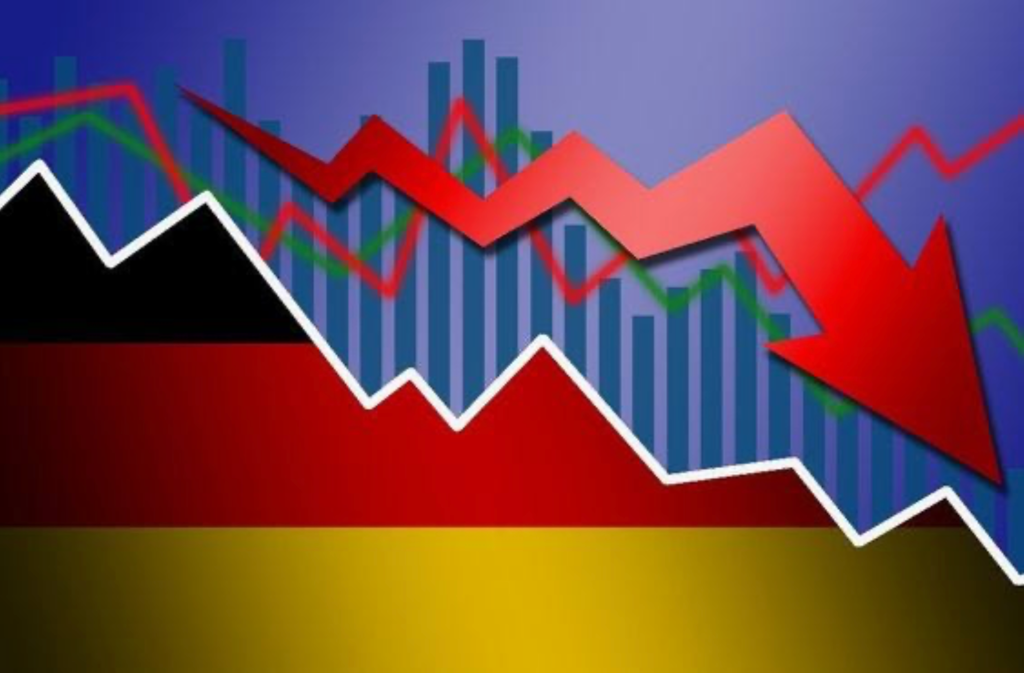What are the possible shapes in which the economy can recover from the COVID-19 recession?
By Varshika Prasanna
The COVID-19 pandemic has plunged the global economy into a recession. A recession, defined as a significant decline in economic activity spread across the economy, lasts more than a few months and is normally visible in real GDP, real income, and employment. Governments use public policy to deal with recessions. They choose between several policies based on the shape of the recession curve. Insights from previous recession trends and policies imposed are helpful in identifying factors driving the COVID-19 recession.
The traditional shapes used to describe recession curves are V, U, W, & L.
V Shaped Recession Curve:
A ‘V’ shaped recession curve signifies a steep decline followed by a swift recovery. A ‘V’ is preferable as it shows that the economy rebounded almost as quickly as it declined. The main driving force behind a V curve is a significant shift in economic activity caused by a sudden change in consumer and business expenditure. The economy reaches the previous high in GDP and the previous low in unemployment rates, usually within a matter of months, instead of years. The rapid readjustment of the economy makes a V shaped curve the most preferable after a recession.
The most popular example of a V shaped recovery is the recession of 1953 in the United States. The recession was very brief and demand driven. The US Federal Reserve implemented contractionary monetary policy to curb inflation in the middle of an economic boom. This resulted in a 2.2% decline in GDP and 6.1% decline in unemployment. By the fourth quarter of 1954, the economy was back to its previous levels of growth.

Evidence in May suggested that the US economy was bouncing back to create a V shape as businesses started opening up. Achieving a V shaped curve requires containing the spread of the virus, robust testing, and quarantine procedures to ensure that COVID-19 cases do not surge again and that consumer activity continues without a hindrance. Thus, achieving a V shaped curve is possible but difficult due to the uncertainty surrounding the pandemic.
U Shaped Recession Curve:
A ‘U’ shaped curve occurs when the economy takes a much longer time to recover. It is a sharp decline coupled with a period of stagnation followed by a rise back to the previous levels of growth. A U shaped recovery is slow and can take many months, if not years, to fully recover from the recession.
The most prominent U shaped recession curve in US history was during the 1973-75 recession. The onset of the recession was characterized by the 1973 oil crisis and increase in oil prices as well as the stock market crash of 1973-74 which resulted in high levels of unemployment and stagflation.

Although the 1973-75 recession was supply-side, it is entirely possible that the COVID-19 recession will be shaped like a ‘U’. The COVID-19 outbreak caused several small businesses to shut down; social distancing rules made work from home the norm, leaving thousands of daily wage workers unemployed. Even if businesses do open up, consumer patterns might not return back to the previous normal as fear of contracting the virus prevails. A full fledged return back to the old normal will be difficult unless a vaccine is available.
W Shaped Recession Curve:
The ‘W’ curve is characterised by a sharp dip, a quick recovery with a short period of growth, followed by another period of decline. This double dip recession often results from the favoured ‘V’ curve quickly turning into a ‘W’ curve. A ‘W’ shaped recovery is painful because the economy shows false signs of recovery before plunging into a recession again, thereby increasing the volatility and uncertainty surrounding a recession.
The early 1980s is a textbook example of a W shaped curve. The economy weathered a second oil crisis in 1979, which caused a brief recession in 1980. Then, the US Federal Reserve increased interest rates to reduce inflation, which caused the second recession in 1981, and the economy recovered only in 1982 once the Feds aggressively cut interest rates.

The nature of the COVID-19 pandemic is such that a second wave of cases is a very real possibility. The COVID-19 recession can very easily turn into a W shaped curve if people engage in reckless behavior and do not follow social distancing and other health & safety guidelines.
L Shaped Recession Curve:
The dreaded ‘L’ shaped curve is the worst case scenario for an economic revival. In this situation, the growth falls but never recovers enough, therefore creating an ‘L’. The recovery is slow and unemployment levels continue to remain high as economic growth stagnates, creating a ‘depression’. If the GDP follows an L shaped curve, it will take years for the economy to recover to its pre-recession levels. This curve is supported by Keynesian economics, which states that despite prolonged periods of subnormal economic activity, there is no reason for the economy to automatically correct itself to its previous equilibrium.
Japan went through a severe L-shaped depression in the 1990s. Their massive economic growth led to over pricing assets or a ‘bubble’ which burst in the early 1990s. This was followed by a steep market crash, and a credit crunch. The government took steps in the wrong direction which caused 10 years of economic slowdown, coined as Japan’s “lost decade”.

An L shaped recovery is a possibility only if the COVID-19 outbreaks are unable to be controlled, resulting in sluggish growth. However, this is highly unlikely, as the introduction of a vaccine can easily put a stop to a surge in cases. Moreover, an L shaped recovery can be prevented by reallocating resources and providing incentives for businesses to increase their operations. Thus, government investment during the pandemic must focus on improving human capital and expanding productivity to ensure economic growth in the long run. □
Work Cited
- Image source
- Rodeck, D. (2020, August 21). Alphabet Soup: Understanding the Shape of a COVID-19 Recession. Retrieved from https://www.forbes.com/advisor/investing/covid-19-coronavirus-recession-shape/
- Wall Street Journal (2020, July 13). Alphabet Economics: Why the Old Rules of Recoveries May Not Apply [Video]. Retrieved from https://www.youtube.com/watch?v=x-EVeDdH00A
- Hoskins, P. (2020, May 10). US GDP – V-Shaped Recession. [Digital image]. Retrieved from www.bbc.com/news/business-52450854
- Hoskins, P. (2020, May 10). US GDP – U-Shaped Recession. [Digital image]. Retrieved from www.bbc.com/news/business-52450854
- Hoskins, P. (2020, May 10). US GDP – W-Shaped Recession. [Digital image]. Retrieved from www.bbc.com/news/business-52450854






Leave a comment